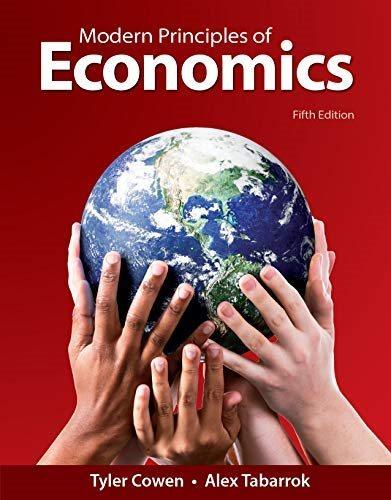In our basic model, a rise in money growth causes currency depreciation: We also know from our
Question:
In our basic model, a rise in money growth causes currency depreciation: We also know from our chapter on Business Fluctuations and the chapter on Monetary Policy that a rise in money growth normally raises aggregate demand and boosts short-run real growth. But in the 2001 Argentine crisis and the 1997 Asian financial crisis, a currency depreciation seemed to cause a massive fall in short-run output.
a. What type of shock could cause a currency depreciation to be associated with a fall in short-run output?
b. In both the Argentine and the Asian crises, these countries’ banking sectors were hit especially hard: They had made big promises to pay their debts in foreign currencies—often dollars—and the depreciation made it impossible for them to keep those promises. What became more “expensive” as a result of the depreciation: foreign currency (dollars, yen, pounds) or domestic currency?
c. In these crises, depreciation created bankruptcies: These bankruptcies are what causes the shock discussed in part a. To avoid this outcome in the future, Berkeley economist Barry Eichengreen, an expert on exchange rate policy, recommended that businesses in developing countries should encourage foreigners to invest in stock that pays dividends rather than in debt. He believed this would make it easier for countries to endure surprise depreciations. Why would he recommend this?
Step by Step Answer:






